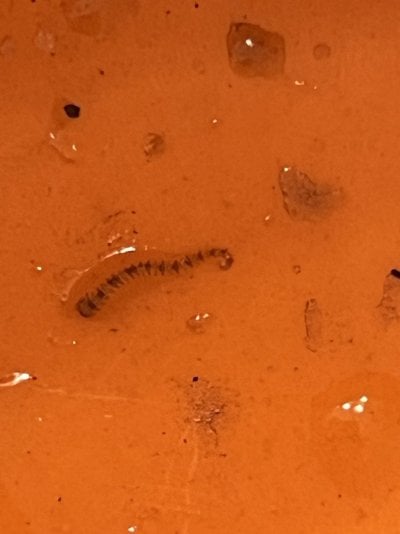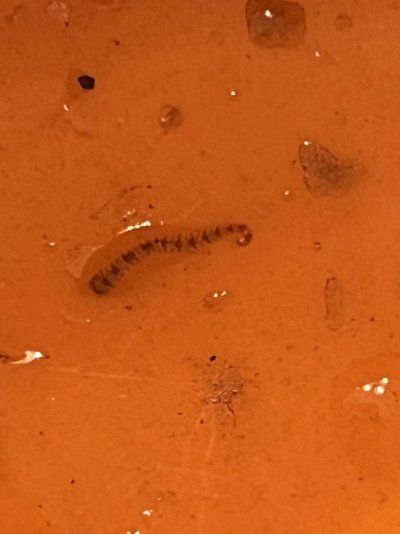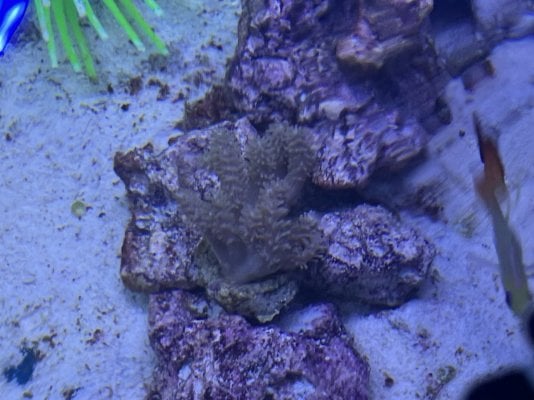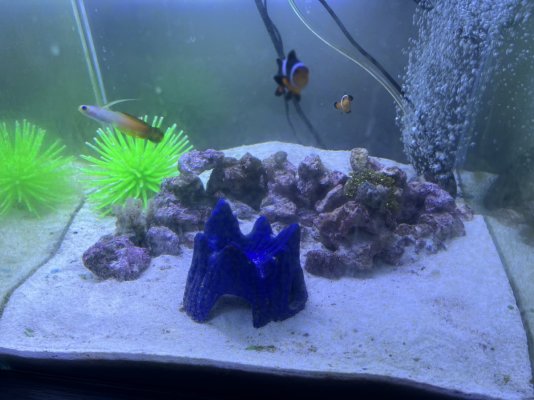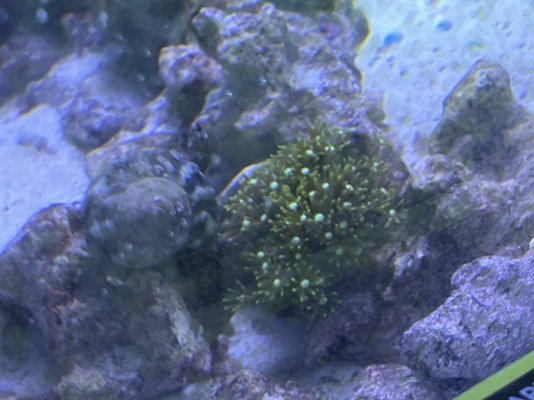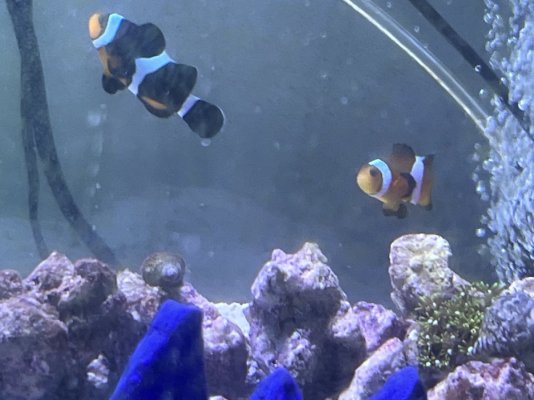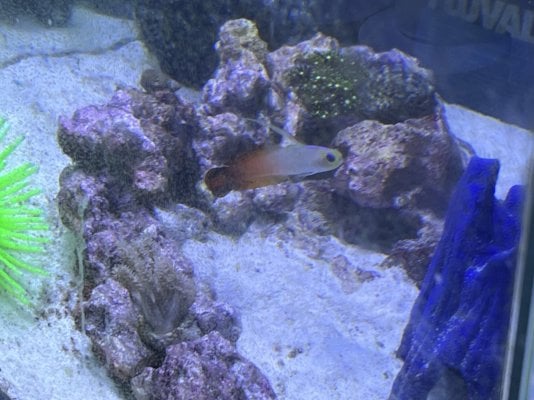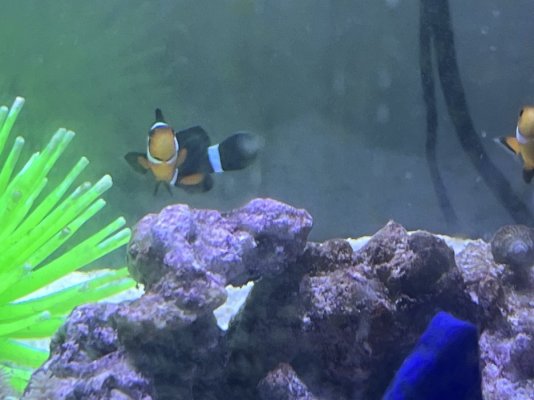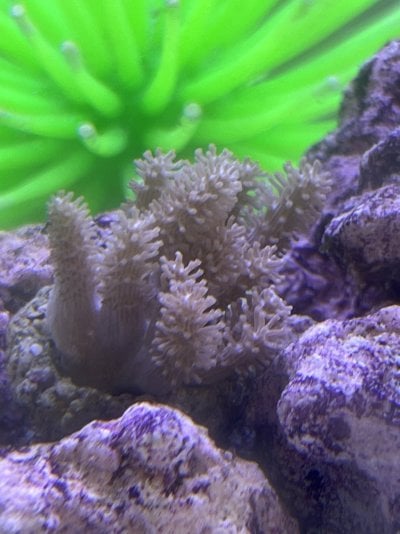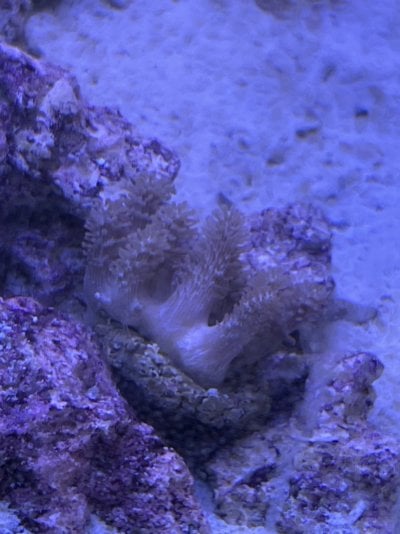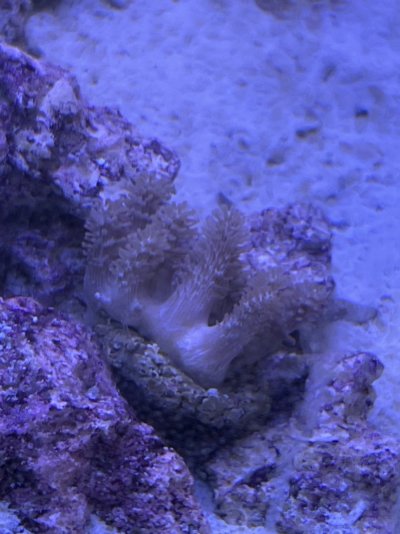I am very new to reefing. I have had a tank for 4 months. All is or was good. I had cyano bacteria and used chemi clean 2 days ago. Worked pretty well as far as I know. Using carbon instead of 20% water change. Just don’t have time to do it. I wanted to introduce something cool. Probably shouldn’t have as it was more an impulse. I should have researched first. Realized after putting them in the tank that I should have dipped them. Got two corals. Noticed worms on one tonight. Only got one off with tweezers as coral closed and little guys went back inside. So small not sure what they are or if they are bad? So concerned because they were so small..this coral is pale pink with a tree like branch look a small frag I got from Petco. My very first ones. I have another (the second one that is green but purple when closed and looks like flowers when open? Not sure of the name. I can’t tell if that one has anything wrong with it..
